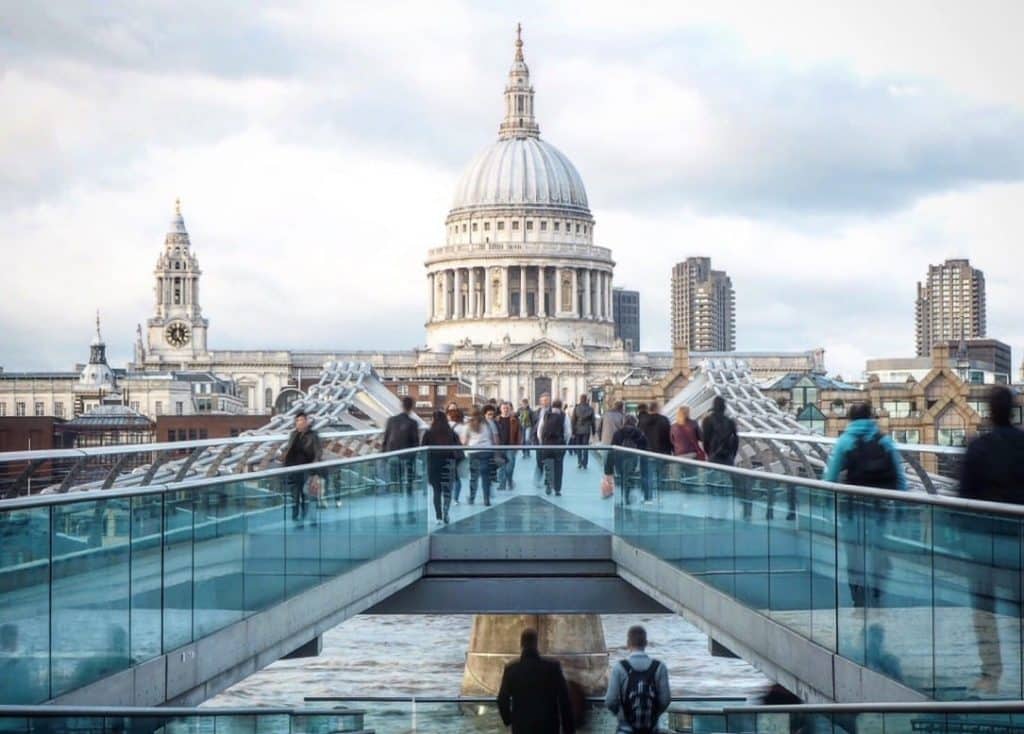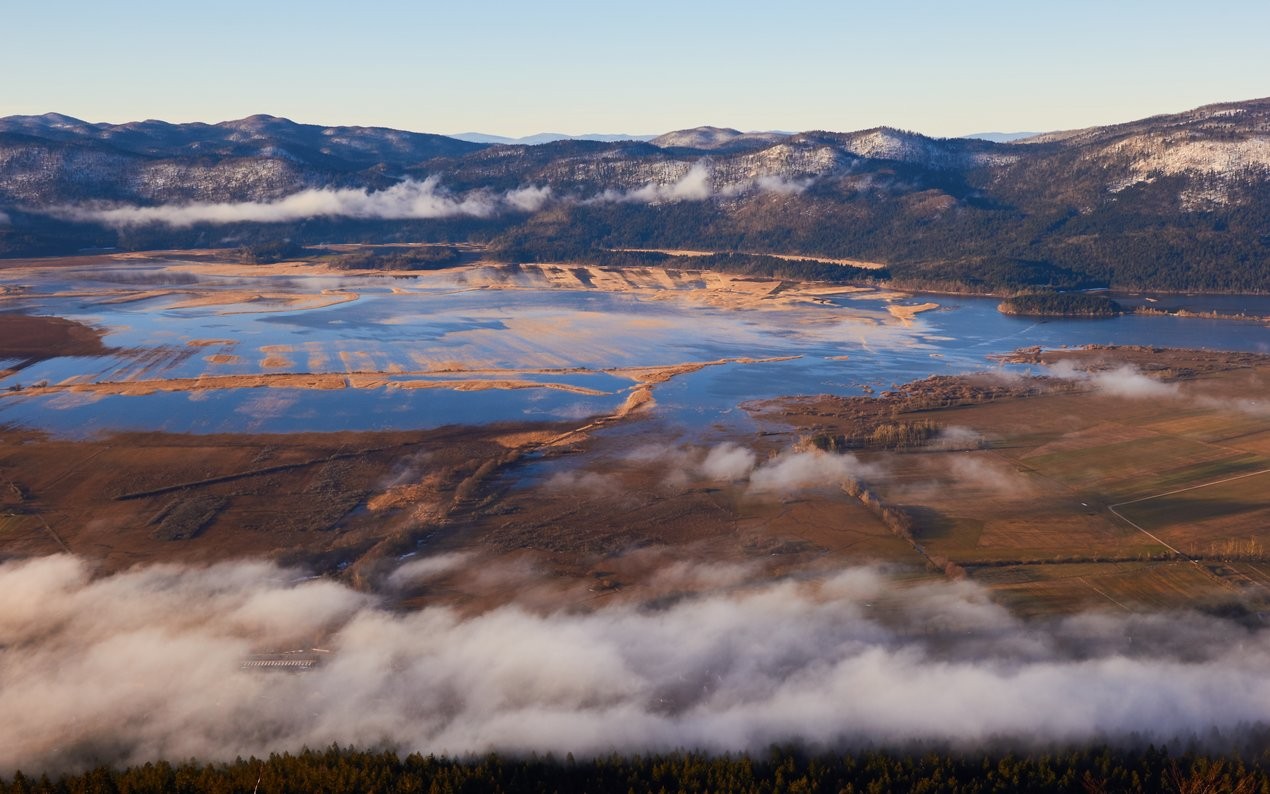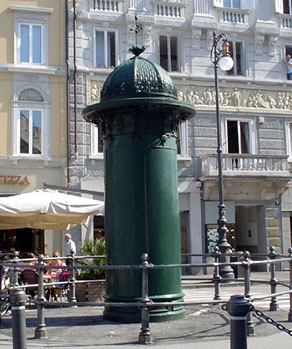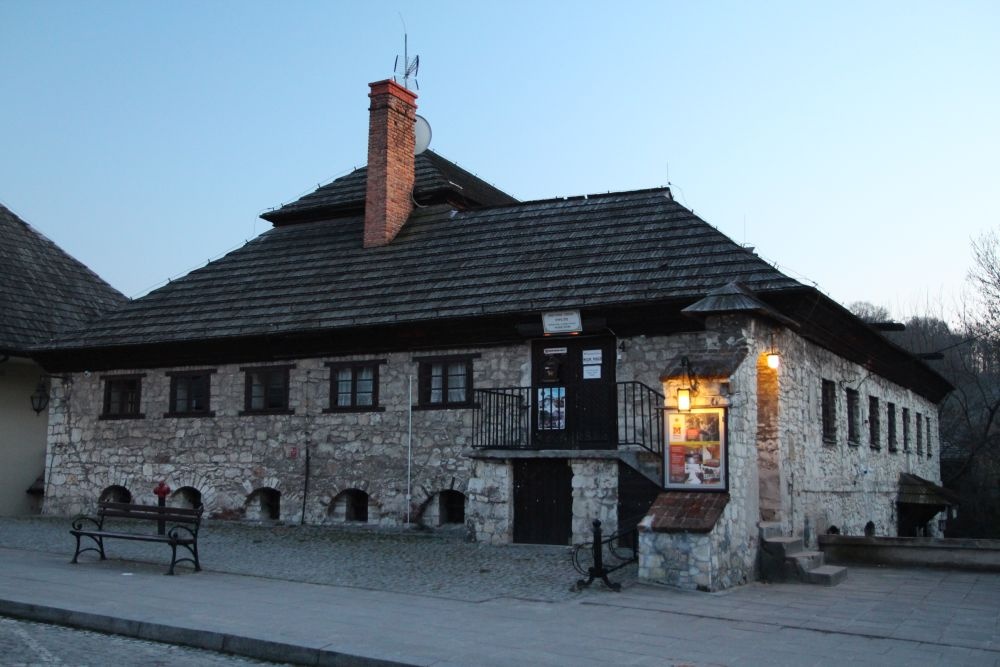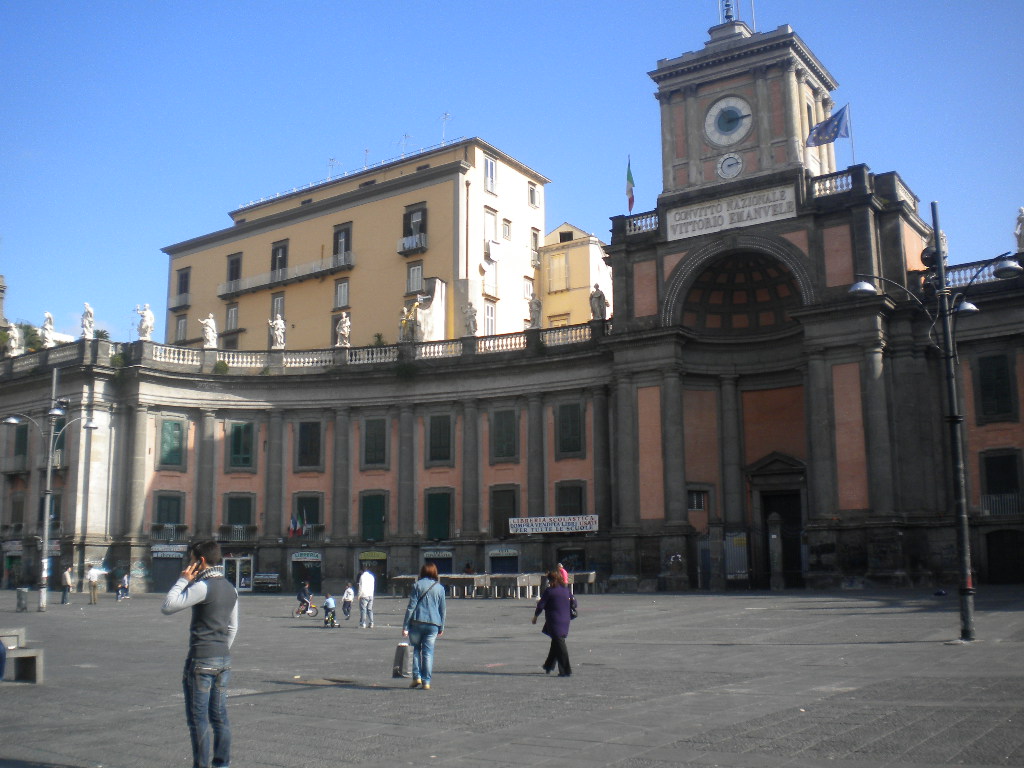The Millennium Bridge, officially known as the London Millennium Footbridge, is a steel suspension bridge for pedestrians crossing the River Thames in London, linking Bankside with the City of London. The Millennium Bridge was the result of a 1996 competition.
The call, for a new bridge across the Thames, was won by the ‘blade of light’ design envisioned by Arup (engineers), Foster and Partners (architects) and Sir Anthony Caro (sculptor). The Millennium Bridge was the first new bridge to be built over the Thames in London for more than 100 years. The bridge has two river piers and is made of three main sections of 81 metres (266ft), 144 metres (472ft) and 108 metres (354ft) (north to south) with a total structure length of 325 metres (1,066ft).
Its official title is the London Millennium Footbridge. But no-one calls it that. Instead, it’ll probably always be called the Wobbly Bridge.
Built using ‘lateral suspension’, an engineering innovation allowing suspension bridges to be built without tall supporting columns, the Thames’ newest crossing was hit by a phenomenon called Synchronous Lateral Excitation when loads of people flooded over its shiny new deck.
Around 80,000 people crossed the bridge on its opening day, with around 2,000 on the bridge at any one time.
Those on the southern and central spans felt the bridge begin to sway and twist in regular oscillations. Feeling unsteady, the pedestrians altered their gait to the same lateral rhythm as the bridge. The adjusted footsteps just magnified the motion: the more it happened, the more people responded to the movement; and the worse it got.
While there was no chance that the bridge actually would fall down, engineers felt that the wobble needed to be stopped. In the end, the problem was fixed with two different types of damper: viscous dampers (like car shock absorbers); and tuned mass dampers: a large mass stiffened by springs, sometimes used in buildings in earthquake zones.
